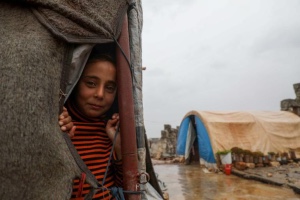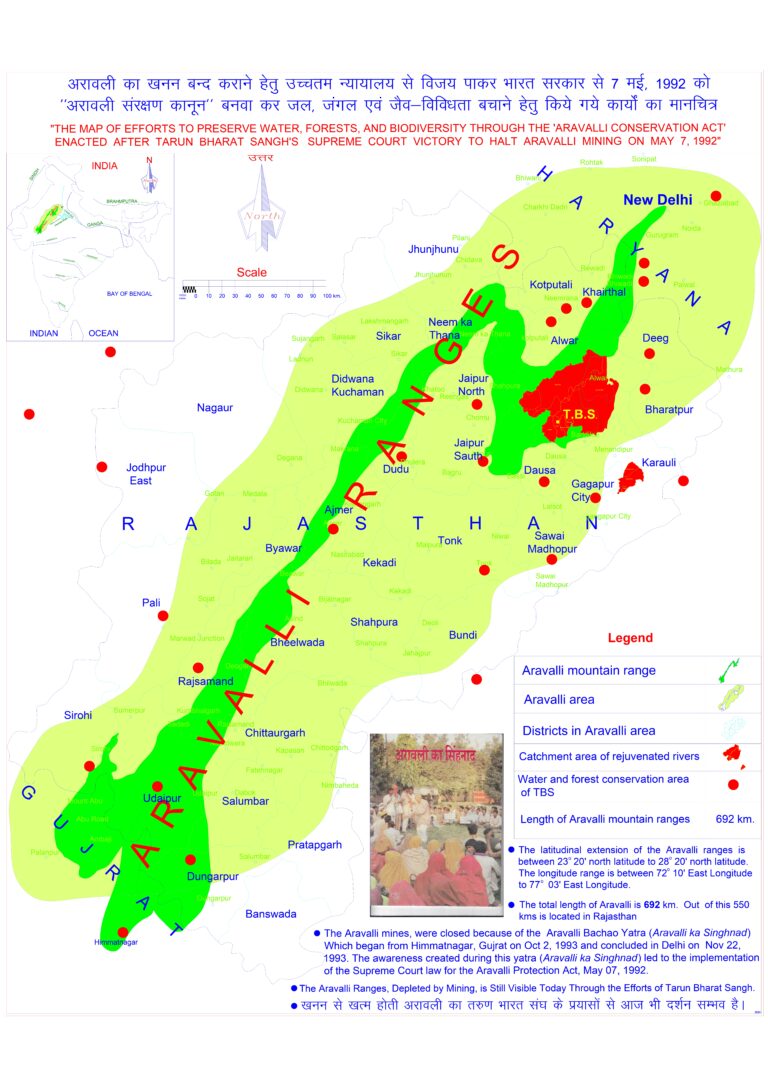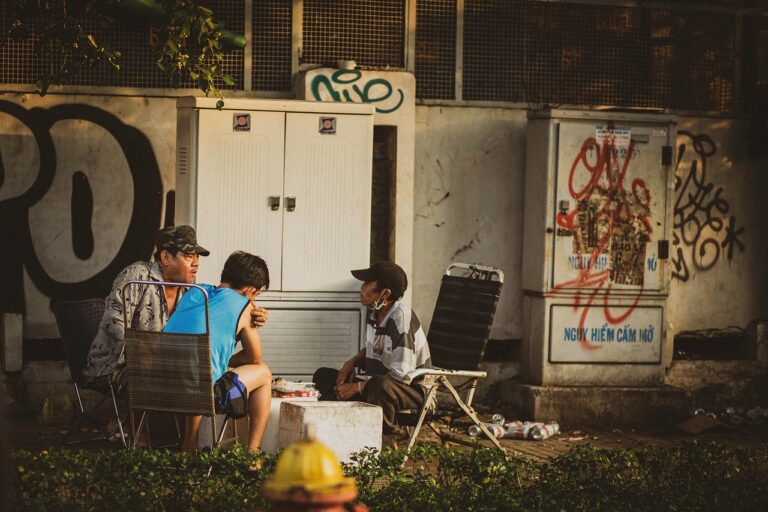
Just yesterday, three children were reportedly killed by unexploded ordnance in Aleppo city
Damascus: The total number of children killed and injured eleven years since the conflict began in Syria is nearly 13,000. Landmines, explosive remnants of war and unexploded ordnance were the leading cause of child casualties in 2021, accounting for nearly one-third of all recorded injuries and deaths, leaving many children with lifelong disabilities.
The crisis has left Syrian children with psychological scars. Violence, displacement, and lack of access to essential services continue to put children’s lives at risk. Just yesterday, three children were reportedly killed by unexploded ordnance in Aleppo city.
Last year, while nearly 900 children in Syria lost their lives or were injured, one-third of children in Syria showed signs of psychological distress including anxiety, sadness, fatigue, or frequent trouble sleeping.
“Nearly 5 million children have been born in Syria since 2011,” UNICEF Syria Representative, Bo Viktor Nylund, said today. “They have known nothing but war and conflict. In many parts of Syria, they continue to live in fear of violence, landmines, and explosive remnants of war,” Nylund added.
Also read: Children in war zones: 4 killed in Syria; 1500 suffer from diarrhea in Kabul
UNICEF and partners have provided 220,892 children with mental health and psychosocial support services through child-friendly spaces and mobile teams. Explosive ordnance risk education, too, has reached more than 874,400 children and 176,300 caregivers.
While UNICEF does not have accurate figures on children with disabilities, it is evident that children with disabilities carry a double burden when it comes to violence, threats to their health and safety, hunger, risk of abuse, and loss of education. Lack of mobility and difficulty fleeing harm further compound the obstacles they encounter. For their families – as is the case for most families in Syria – limited employment opportunities, skyrocketing prices, unprecedented levels of poverty, severe shortages of basic goods and services, present significant challenges for providing children with care.
The Integrated Social Protection Programme for Children with Disabilities programme which started in 2016 reached 11,639 children with disabilities in 2021.
“Like all children, children with disabilities have the right to be cared for and nurtured. UNICEF remains committed to supporting these children, without stigma and wherever they are in the country,” said Representative Nylund.
Across Syria, and in the neighbouring countries hosting an estimated 5.8 million children in need of assistance, UNICEF and partners continue to work to protect children and help them cope with the impact of conflict. This includes improving psychosocial support to help children and caregivers recover from trauma, as well as delivering life-saving support and services for children struggling physically and psychologically.
“I’m glad I can go to school again, have fun with my friends, and learn,” said 12-year-old Azzam. He lost his leg to the conflict and attends a UNICEF-supported school, promoting inclusive learning. He is also part of UNICEF’s integrated social protection programme which supports him and his family through regular cash assistance coupled with one-on-one support from a case manager. The integrated programme provides vulnerable families with an opportunity to pay for the basic needs of their children with disabilities and it links the children with critical essential services.
“We have a long road to go to help more children with disabilities and other children impacted by the war so they can reach their full potential and grow up healthy and protected from harm,” said Representative Nylund.
That apart, more than 14.6 million Syrians require humanitarian assistance. This includes 5.3 million internally displaced persons, UNICEF stated.
– global bihari bureau





